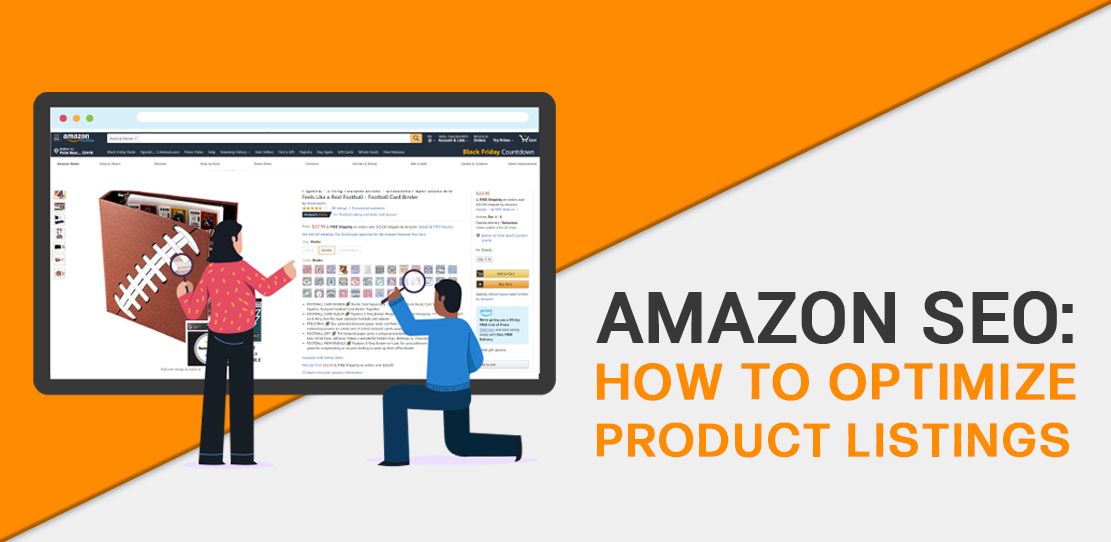
If you’re a business owner, Amazon.com is one of the smartest places to list your products because you’re selling to a market of more than 197 million monthly visitors around the world. While the potential number of customers is a tremendous upside, you also need to make your items stand out in an extremely crowded marketplace. If you aren’t optimizing each product listing to make it more visible in search results, you could be missing out on possible sales. Here’s a guide on how to step up your Amazon SEO efforts and get more eyes on your merchandise.
How Amazon Ranks Products
The most important thing to keep in mind when understanding Amazon’s ranking algorithm is the largest priority for the e-commerce giant: making a sale. With that in mind, the company’s A9 formula ranks every item based on how likely you are to purchase it. To do this, it takes a look at several different variables:
- Keywords
- Conversion rate
- Sales
- Click-through rate
- Images / Videos
- Customer reviews
- Feedback management
- Content
- Shipping times
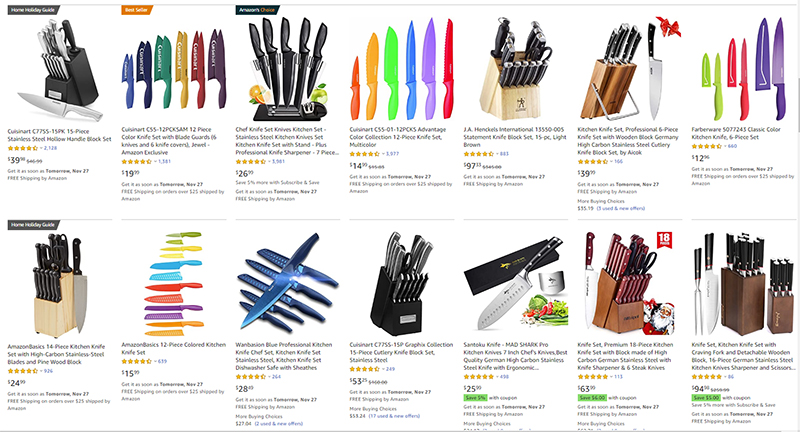
Using this information, the Amazon algorithm ranks items based on the likelihood of someone searching your specific keywords making a purchase. This changes for every keyword searched and the individual searching for the product. This means your item may occupy a different place in the search results based on each potential customer’s search query.
Because this algorithm places a high priority on the likelihood of sales, your product’s ranking jumps significantly with every purchase, which fuels further growth. In this upward cycle of SEO on Amazon, the more you invest in marketing to get people to your item, the higher your position should be on search results.
Optimizing Your Listings for Amazon Product SEO Success
Amazon Ranks Products
With a basic knowledge of the A9 algorithm in hand, you can start to craft a strategy that boosts your product’s position in search results. To do this, you’ll need to combine well-researched keywords with eye-catching content that inspires potential customers to give you a click. It’s also important to manage each listing’s pricing, reviews, and inventory.
Humans Are Visual Shoppers — Catch Eyes With Images
The first thing a customer sees when he or she searches Amazon is the main image of your product, which is why you should put a lot of thought into your photos. Primary images must meet Amazon’s criteria by having a pure white background, only containing the product without packaging or obstruction, filling at least 85% of the image area and not having any text. Beyond these requirements, it’s also a good idea to make sure all product images are at least 1000 pixels on the longer side and 500 pixels for the shorter dimension.
While main images have strict requirements, you can also include additional photos to demonstrate individual features, portray dimensions, or provide a look at the packaging and practical uses. No matter if it’s a primary or supplemental image, you should make sure it uses RGB color, has a minimum resolution of 72 dpi and is formatted as a JPEG, TIFF, PNG or GIF.
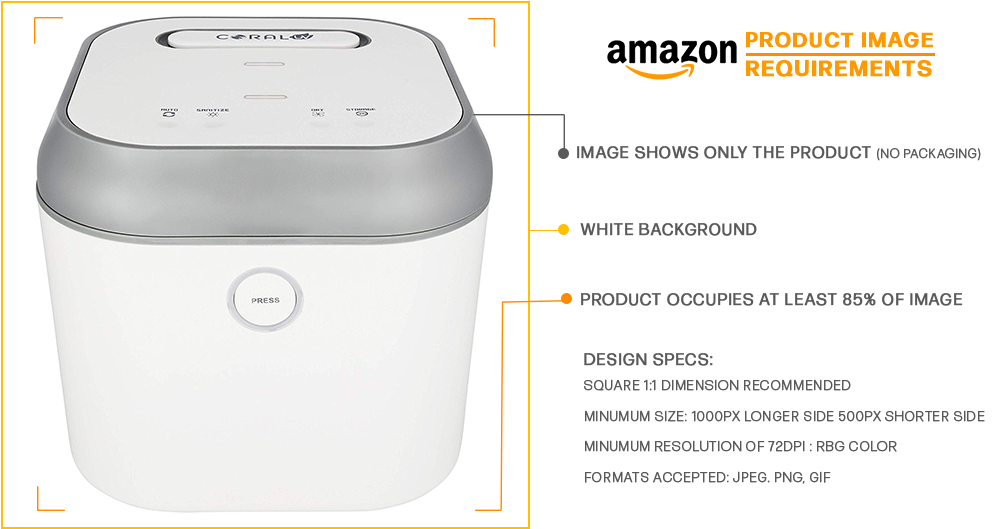
Create Compelling Content
Images may be the things that catch a customer’s eye, but the item’s copy makes the real sales pitch. Every word you put on a listing helps tell a story. It’s important to run every element through the filter of how it will help your SEO Amazon listings rank. Provide as much information as possible while also selling your item’s benefits and features. Develop well-structured product details and descriptions that are easy to read and include highly searched and relevant keywords.
Product titles are what show up along with your main images on the search results, so make sure each one has the information to grab a customer’s attention. As many as 70% of Amazon’s shoppers make purchases using a mobile device, which means you should optimize titles to fit the most relevant information in the first 70 characters.
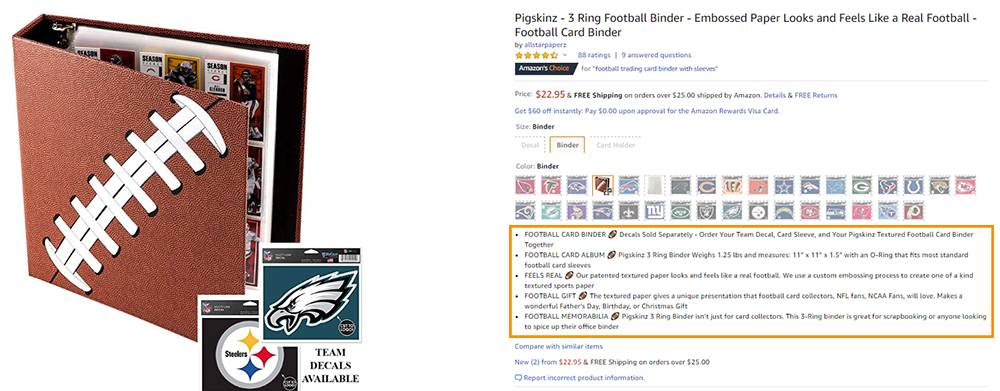
Determining Your Keywords
For your item to show up in a search, the listing must include every keyword requested by the shopper, so how do you know which words to include? Try searching for your product and make a note of the phrases suggested by Amazon’s autocomplete based on frequent customer searches. You can also browse the listings for competing products and read customer reviews to see if any patterns emerge. Once you figure out the most likely search phrases, make sure they’re included in the title, bullet points, item description, and additional information sections.
Manage Your Listing
With your listing complete, you can’t sit back and rest on your laurels. Make sure you actively manage each product to answer customer questions, respond to negative reviews, and encourage customers to review your products with inserts and follow-up emails. Each of these activities makes your item more attractive to Amazon’s algorithm.
Be a Better Seller
These are just a few of the steps you can take to boost your search rankings, but if it seems like too much to handle, let the experts at OperationROI help with customized Amazon SEO services. To learn more about what we do or schedule an appointment with a member of our staff, contact us online or call 1-888-277-5429 today.
To learn more about OperationROI, find us on DesignRush and read the article from Top E-commerce Development Companies about the Best eCommerce Marketing Strategies To Boost Sales In 2020.
Learn More About Our Amazon Seller Central Management Schedule A Call Today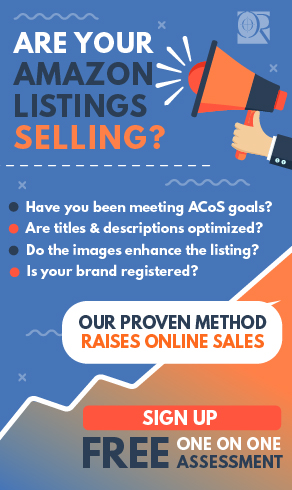






Great read! Another helpful hint is to remember to check Amazon’s product title requirements:
Max 200 characters (including spaces)
No promotional phrases e.g. “on sale now”
No special characters: ~ ! * $ ? _ ~ { } # | * ; ^ ¬ ¦
You can find all the requirements on Amazon seller central
Thank you Merryn for the additional points about Amazon product title requirements. These are all good tips. Another thing to remember about developing titles is long titles will get truncated on mobile devices. So make sure that you include the really important details in the beginning. For more tips about developing product titles on Amazon, read How to Write the Best Amazon Product Titles